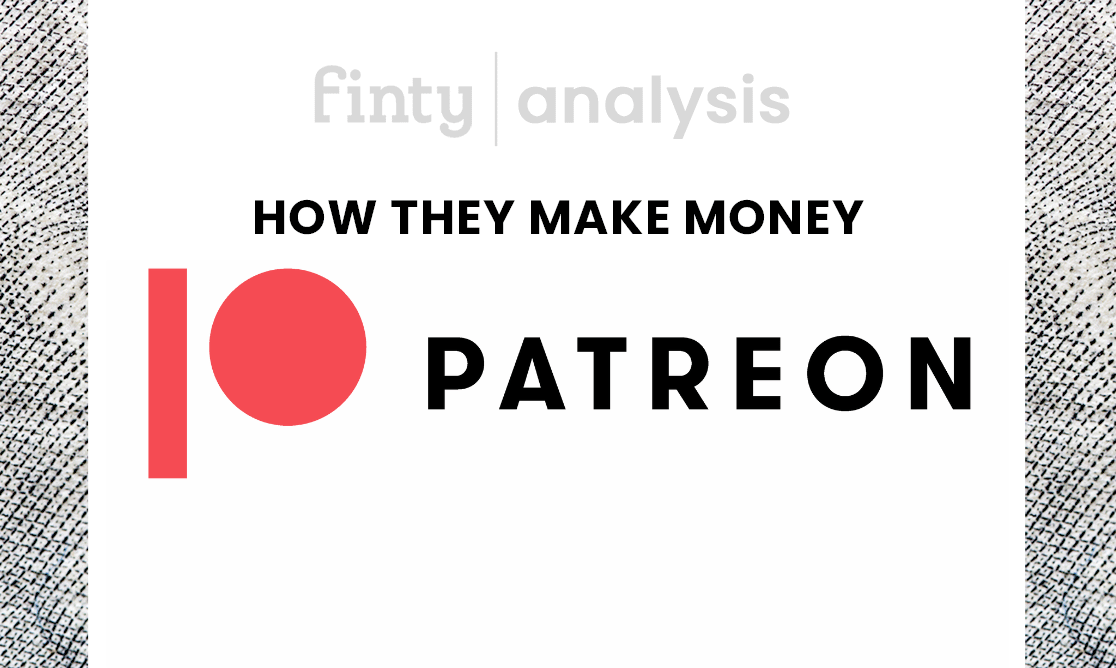- Patreon is a crowdfunding platform where creators can upload content and charge their fans for viewing it.
- Patreon gives YouTubers, entertainers, and content creators the chance to expand their revenue model.
- Patreon makes money by charging its creators a percentage of the subscriber earnings each month.
Sam Yam and Jack Conte founded Patreon in 2013, setting up its headquarters in San Francisco, California. Patreon is one of the leading crowdfunding platforms for entertainers, content creators, and artists, allowing them to earn additional income through their subscriber base. The company received more than 100,000 subscribers in its first year of operations.
The company launched its platform in June 2013, raising $700,000 in a seed funding round, valuing it at $5.5 million. The team accepted $2.1 million and $15 million in subsequent funding rounds in the following years. Patreon is one of Silicon Valley's biggest successes, reaching a valuation of $4 billion in 2021.
Scroll down for a detailed look inside their business model and how it generates revenue.

Coming up next
What does Patreon do?
Patreon is an online platform allowing creators to sign up to host content on its platform. It's common for YouTubers to use the site as a secondary income stream. An example is comedian Tim Dillon.
Dillon experienced demonetization of his videos on YouTube, choosing to upload extra content to Patreon.
The "Tim Dillon Show" is now the second biggest creator on the site, with over 40,000 Patrons and more than $200,000 in monthly earnings through the platform. Without Patreon, the comedian would be struggling financially.
How does Patreon work?
In 2017, Patreon launched a CRM tool for its users. It also includes several tools for creators to track and improve their business, integrating with apps like Slack and Zendesk. Users will post content on the platform and promote it through other channels to build their subscriber base.
Patrons subscribe to the user's channel, paying a monthly subscription fee. Users can set up subscriptions at different price levels, offering different tiers to accommodate the needs of their Patrons.
Patreon takes a percentage of the creator's earnings each month, ranging from 5% for legacy partners to 12% for new sign-ups. When signing up as a Patron, users get several perks offered by the creator. Some perks include exclusive content access, shoutouts, access to exclusive events, merch drops, and direct engagement with the creator.
Patreon provides its creators with tools or "kits" to optimize their fan engagement and boost sign-ups to their accounts. Patreon also offers integrations with tools like Wix, Discord, and MailChimp. Patreon operates a desktop and mobile experience for its users on iOS and Android devices.
How Patreon makes money
Patreon makes money by charging its creators a variable service fee on their monthly earnings from Patrons and by charging processing fees when new Patrons sign up to the platform.
Estimates place Patreon's annual earnings at $25 million to $60 million.
Subscription fees
The firm tiers its fee structure into three plans, Lite, Pro, and Premium. Each tier has unique features for creators, such as workshops, analytics reports, dedicated account managers, priority support, and unlimited app integrations.
Fees can range from 5% for legacy users to 12% for new users. When signing up for the Premium tier, creators have extra options for monetizing their content. They can sell merch, with Patreon handling all the backend logistics involved with product sales.
Payment processing fees
Patreon charges a fee to the creator every time a new Patron signs up to their account. For small payments under $3, Patreon charges 5% plus $0.10. Payments over $3 receive a 2.9% processing fee, plus $0.30.
Future growth engine
Patreon considered an IPO in 2021 but decided to pull out of the deal. Instead, it chose to raise $155 million in a Series F funding round, valuing the company at a colossal $4.3 billion. The deal made it one of Silicon Valley's biggest success stories and a member of the prestigious "unicorn club".
The company continues to grow, and it focuses on attracting new users to its platform. By keeping its fees low, it receives a constant flow of new creators signing up for the platform to escape the demonetization of their accounts on sites like YouTube.
Competitors
Patreon competes with other crowdfunding platforms in the entertainment space. The company is the leader in its industry but faces stiff competition from the following up-and-coming companies.
- Substack
- Medium
- Kickstarter
- Gracenote
- Highsnobiety
- Splice

